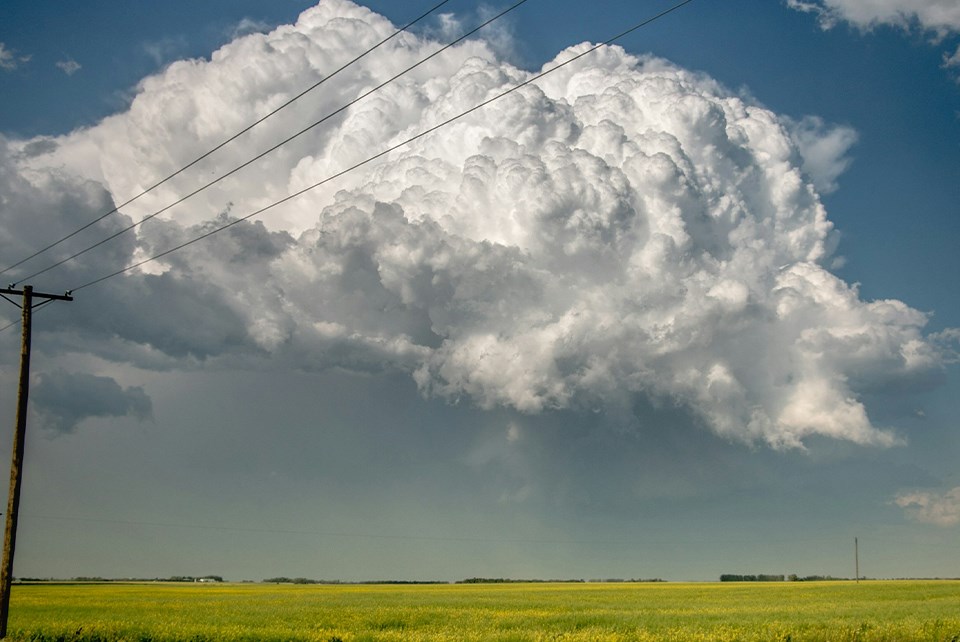REGINA - Saskatchewan is ending 2024 on a better note than it began.
Monthly weather stats from Environment Canada showed January flip-flopped from very cold to warm, February was warmer and drier than normal, leaving little to no snow before warming up in March.
May and June had lots of much-needed rain for producers after a dry winter and spring. Most weather stations in the province recorded above normal rainfall for the month of May and June.
“May was pretty grey, not a lot of major storms but plenty of showers and once we broke through that into June, we really got into extended period of warm temperatures.” said Precision Weather Service Meteorologist Phil Spevak.
July had hot temperatures and little to no rainfall while August was average.
The west-central and southwest regions got a significant amount of rain in September while the rest got below average or average rain from thunderstorms. October was back to a warm and dry month and that trend continued into the first half of November before a pair of snowstorms ushered in the winter season.
Spevak says an El Nino was partly responsible for the extended warmth from July into the latter part of the year.
He also says the snow the province received in mid-to-late November was more compared to a year ago.
“Last year – the end of the winter – there wasn’t, we didn’t have that snow last winter. We had snow from time to time (but) we never really got a lot, enough to really pile on to give us those persistent snowbanks.” he said.
When asked if the snow we received from mid-November to now is back to normal, Spevak says it depends how far back in time you go to define “normal”.
“It’s really been about ten years since we had a major pile up of snow,” Spevak noted. “You go back to most of the twenty-teens we really didn’t get much above 20 cm above the ground and we’ve been below that as far as standing snow for the last ten years. You get into…the end of the 2000’s and it was a much different pattern.”
Environment Canada is expected to release weather stats for the month of December sometime in January.




